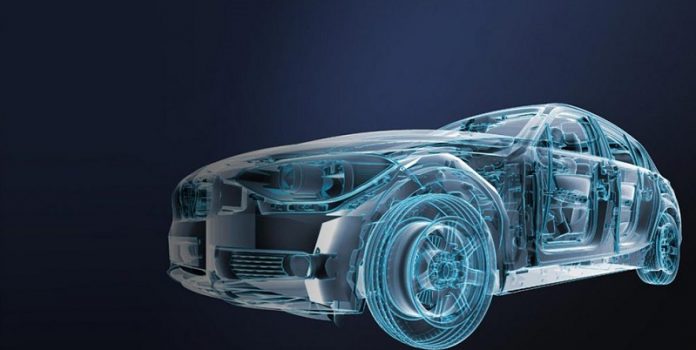India’s automotive electronics market is likely to cross $18 billion by 2027 — from $6 billion in 2020 — with a CAGR of 17 per cent, a new report said.
Automotive electronics sales will triple during the period, driven by rising income levels and increasing customer preference for in-vehicle digital experience.
Passenger vehicles are expected to capture nearly two-thirds of the Indian automotive electronics market driven by the rising usage of the telematics control unit (TCU), infotainment and other electronic components such as on-board diagnostics (OBD), electronic control unit (ECU) and anti-lock braking systems (ABS).
Telematics penetration in India remains low compared to global standards.
However, rising awareness among people about advanced safety and communication services, coupled with more embedded connectivity service offerings by automakers, will drive this market in the future.
Head-up display (HUD), blind-spot monitoring system, auto-dimming mirror, advanced driver assistance systems (ADAS) and automatic transmission features remain mainstream features for premium segment cars (cars with an ex-showroom price of more than Rs 1,100,000).
The country’s overall automotive sales declined 26 per cent (on-year) in 2020 owing to the pandemic.
“But we estimate that the next six years through 2027 will see a strong boost in automotive sales from this low point,” the report noted.
The average electronic component cost per passenger vehicle is projected to reach nearly Rs 200,000 ($2,685) by 2027.
India’s two-wheeler market will also see growing adoption of automotive electronics.
Electric vehicle (EV) penetration in the two-wheeler segment was 1 per cent in 2020 but is estimated to climb to 15 per cent by 2027, the report said.
The electronics market in the commercial vehicle segment is projected to cross $530 million by 2027 due to the rising adoption of telematics and other new technologies like exhaust gas recirculation (EGR), selective catalytic reduction (SCR) and on-board diagnostics II (OBD II).

